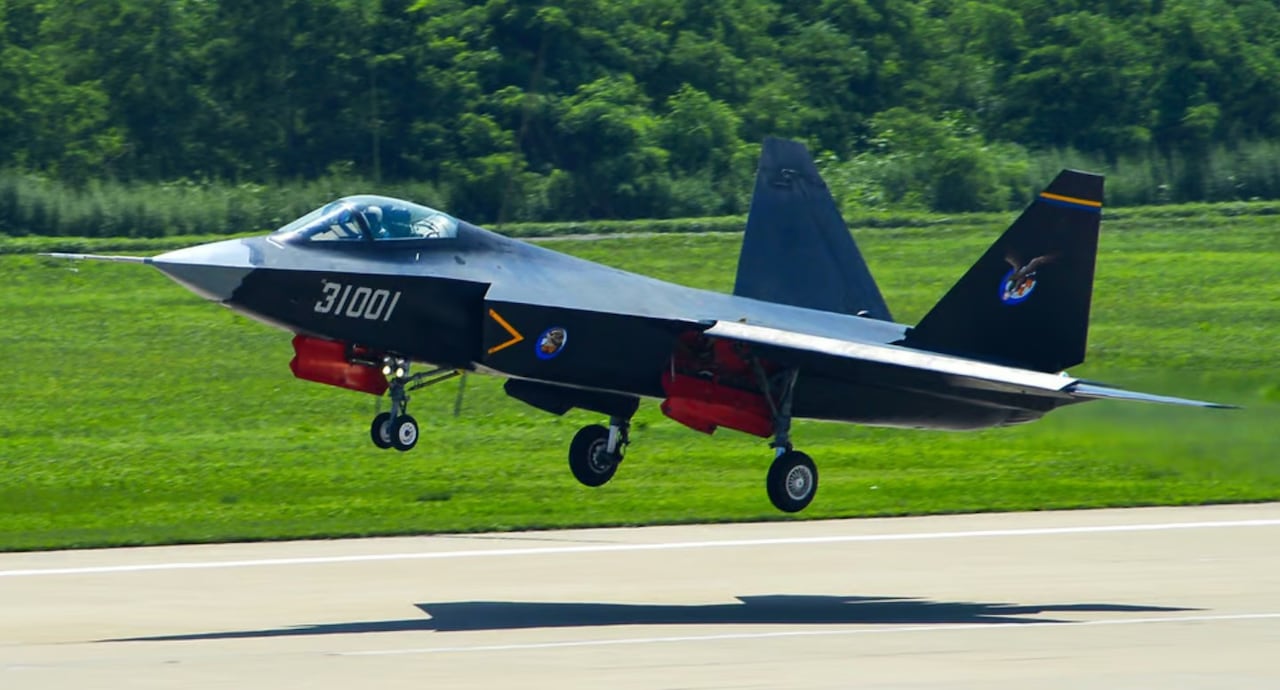The Donald Trump administration is showing signs of discontinuing its role as the ‘global police,’ and as security threats are rising everywhere, a global arms race is unfolding. The advanced defense industry technology armed with artificial intelligence (AI) has changed the dynamics of the battlefield. This will examine the tumultuous global defense landscape. [Editor’s note]
The rivalry for hegemony between the United States and China is escalating into a military buildup competition. China has the second-highest military expenditure in the world after the United States, equipping itself with advanced weapons. By controlling rare earth exports, it manipulates the global defense industry supply chain. The increase in China's military expenditure has raised concerns among neighboring countries like India and Japan, triggering a regional arms buildup competition.
According to the report titled '2024 Global Military Expenditure Trends' released by the Stockholm International Peace Research Institute (SIPRI) on the 28th of last month, China’s defense expenditure is estimated to have reached $314 billion (approximately 453 trillion won) last year, a 7.0% increase from the previous year. This ranks it as the second highest in the world, following the U.S. at $997 billion.
This figure is more than 100 trillion won above the 2024 defense budget (1.67 trillion yuan, approximately 330 trillion won) announced by the Chinese government last year. The U.S. and other Western countries claim that the Chinese government spends much more on defense than its official budget suggests. The U.S. Department of Defense estimated in its '2024 China Military Power Report' released last December that China might have spent up to 650 trillion won on defense, which is 90% more than its budget.
The defense budget disclosed by the Chinese government in its government work report last March is 1.7847 trillion yuan (approximately 353 trillion won), reflecting a 7.2% increase from the previous year. The increase in the defense budget has been maintained at around 7% for four consecutive years since 2022.
The goal of China's military enhancement is to complete the modernization of the Chinese military by 2035. The country is focusing on the expansion of nuclear weapons, the development of new missiles that can carry nuclear weapons, expanding cyber warfare capabilities, strengthening naval power, and building advanced military technologies such as stealth combat aircraft, drones, and unmanned submarines.
In November last year, China unveiled the domestically developed 5th generation stealth fighter J-35 (also known as the Zhen-35) at the Airshow China. Recently, it also exposed the 6th generation fighters J-36 and J-50 (also referred to as J-XX) to the public. While the Chinese People's Liberation Army has not confirmed the existence of the J-36 or J-50, state media Global Times reported that 'if the videos and images are real, it would be evidence of China's rapid progress in developing 6th generation fighters.'
Mindful of this, President Donald Trump signed a contract with Boeing for the development of the 6th generation fighter F-47 in March. At that time, President Trump noted, 'The F-47 prototype has been secretly test-flying for the past five years.'
China's influence in the global aerospace and naval industries is growing day by day. The Chinese government's goal to nurture a massive defense industrial complex comparable to U.S. corporations like Lockheed Martin and Northrop Grumman is bearing fruit. The SIPRI's 2023 ranking of the top 100 defense companies by revenue includes nine Chinese corporations, of which three (Aviation Industry Corporation of China, Northern Industries Group, and China Electronics Technology Group) are in the top ten.
In the U.S.-China military competition, rare earth elements, specifically 17 types of rare metals, are emerging as powerful weapons that China can wield. In response to Tariff actions by the Trump administration, the Chinese government recently limited the export of seven critical rare earth elements essential for weapon production, including missiles, drones, and fighter jets, shaking the U.S. defense supply chain.
It is reported that about 90% of U.S. military weapons contain Chinese rare earth materials. A single Lockheed Martin F-35 stealth fighter uses 417 kg of rare earths. The U.S. is entirely dependent on China, which has a firm grip on supply chains for mining and refining rare earth materials. President Trump’s request for Ukraine to grant rare earth mining rights in exchange for military assistance was also influenced by considerations of China’s weaponization of rare earth materials.
The increase in China's military expenditure is fueling an arms race in the surrounding regions. Countries across Asia are raising their military expenditures due to concerns over China’s military expansion.
India, a nuclear power, ranks fifth in the world in military expenditure after the U.S., China, Russia, and Germany. The Indian government has decided to increase the defense budget for the 2025-2026 fiscal year by 9.5% compared to the previous year, marking the largest budget ever. India is investing heavily to enhance its weapon self-sufficiency.
Japan's defense expenditure last year was $55.3 billion, a 21% increase from the previous year, marking the largest increase since 1952. Japan is increasing investments in missiles and air defense systems in line with a five-year military buildup policy scheduled through 2027.
